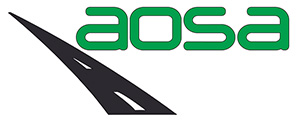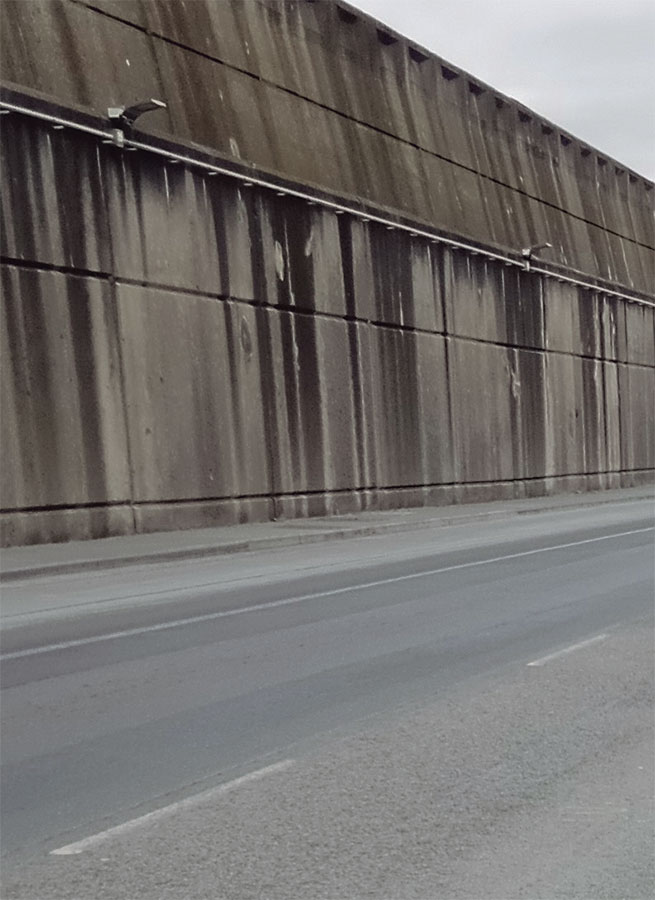HUFRO
USING ASPHALT MILLINGS IN NEW ROAD SURFACE COURSES
THE MAIN ROAD REHABILITATION CONSISTS OF REMOVING, usually by milling, bituminous mixes from surface courses and replacing them with new mixes so that road surfaces remain comfortable and safe. Around 50,000 tonnes of asphalt mix waste are generated annually in the Basque Country, which can be used to manufacture new mixes by integrating old aggregate with the new mineral skeleton and old bitumen with new bitumen. On the other hand, aggregate and bitumen make up approximately 75% of the cost of a bituminous mix; and bitumen is by far the most expensive bituminous mix material. Other signifi cant environmental and economic savings include a reduction in energy consumption, as well as transport, landfi ll and manufacturing costs. However, in the Basque Country, no technical development has taken place since according to regulations, recycled materials cannot be used in wearing courses, which are the most frequently replaced. At present, milling aggregate can only be used in base and binder courses.
ASFALTADOS OLARRA, a specialist company in the sector, led HUFRO, with the collaboration of the civil infrastructure engineering company CIESM-INTEVÍA and the PORT OF BILBAO.

DRIVING FACTOR


 OBJECTIVES
OBJECTIVES
- Verify through physical road tests, the possibility of using milled materials at rates of approximately 20% of the total mass of the hot asphalt mix in wearing courses.
- Produce a wearing course test section on a road inside the Port of Bilbao to be subject to moderate traffic of heavily loaded lorries (approx. 80 per day).
- Characterise mixtures in the laboratory and at the manufacturing plant.
- Observe the behaviour of tested sections by monitoring its characteristics in the medium term (two years).
- ASFALTADOS OLARRA expects to recover up to 15,000 tonnes per year of road millings currently destined to landfill.
 RESULTS
RESULTS
- Application of mixtures of iron and steel type coarse aggregate with ophitic-type coarse aggregate.
- Use of a milling rate of 20% in a bituminous mix type AC16 Surf for wearing courses without decreasing the quality of the material.
- Similar characteristics of the new material in relation to those already existing with virgin materials (quarry aggregates).
- No anomalies in the sections executed after 12 months of commissioning.
- 7% reduction in unit cost of production and 5% increase in market share.
- Reduction of material sent to landfi ll by 15,000 tonnes per year by ASFALTADOS OLARRA, S.A.
 CONCLUSIONS
CONCLUSIONS
- There are sufficient guidelines in place for handling and integration of millings into hot asphalt mixes to allow widespread implementation of the technique for wearing courses in T2 to T4 traffic.
- The key issues to take into account are: achieving a homogeneous milled material; obtaining the correct dosage to meet the specifications; and mixing the material at the required temperature, without overheating or underheating.
- A working guide should be drawn up, including specific guidelines for material handling in the laboratory and quality control of this application.
ENVIRONMENTAL
TECHNICAL
ECONOMIC
COMMERCIAL
ON THE MARKET


